- SHOP ONLINE
- AT THE GARDEN CENTRE
- BE INSPIRED
- LANDSCAPE SOLUTIONS
- EMPLOYMENT
- ABOUT US
Menu
- SHOP ONLINE
- AT THE GARDEN CENTRE
- BE INSPIRED
- LANDSCAPE SOLUTIONS
- EMPLOYMENT
- ABOUT US
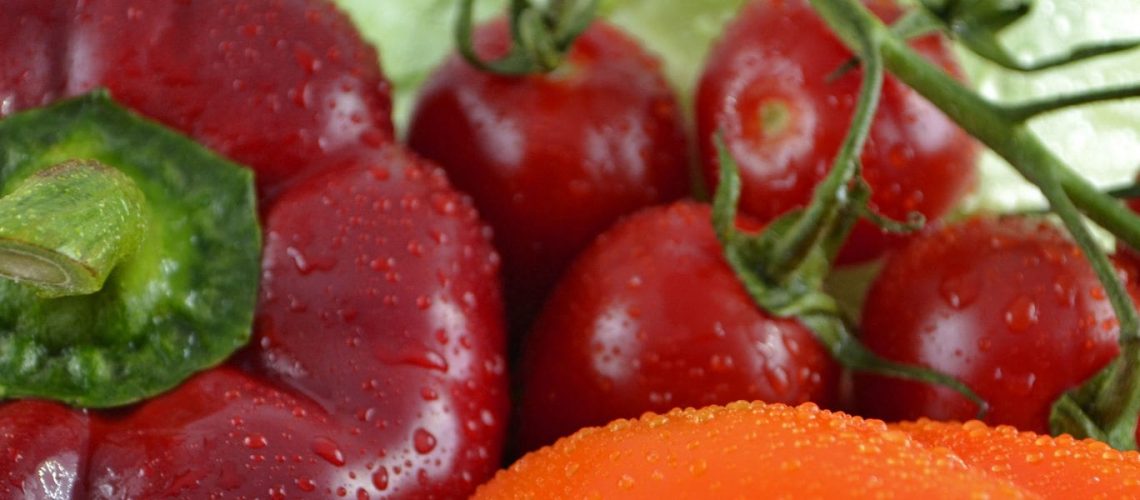
Vegetable gardening can come with a variety of questions: What size should my garden be? How do I calculate the amount of produce I want? What style of garden should I plant?
We’re going to work through some of these considerations so that you can begin planning a successful harvest!
This will, of course, depend on what you want to eat. Sit down with your family and ask them what kinds of vegetables they would like to eat on a regular basis. If no one in your family is going to be eating radishes, it stands to reason that this would be a waste of energy and investment!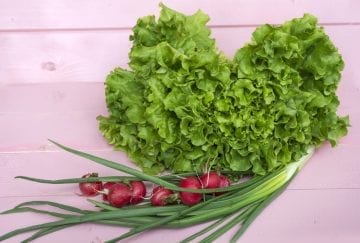
Again, this will depend on how many people you’re looking to feed. You also will want to pay attention to the plant tags because they indicate how much produce you can expect from a single plant. Keep in mind that plants like green beans have a high harvest number, needing to be picked regularly and therefore, probably requiring fewer plants. However, other vegetable plants, like peppers, will have a lower produce number, which may result in you wanting to plant more.
Here are some different types of gardens, along with tips about how and what to plant in each of them!
In a large space, in-ground garden, row planting is a popular and effective way to plant your vegetables. It helps keep your large amount of produce organized, as well as provides room to maintain your garden as it grows. Read the tags of each plant to learn how far apart you should space the items in your row.
Also, remember to give enough space to accommodate unique planting needs, as well as additional support systems for particular plants. Vine vegetables, such as pumpkin, squash and cucumber, do well when hill 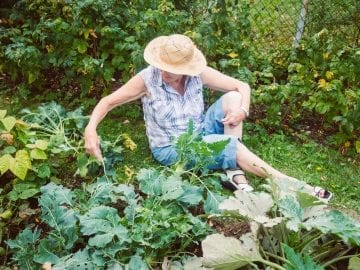 planted, mounding up the dirt and creating a flat top in which to plant one to two plants.
planted, mounding up the dirt and creating a flat top in which to plant one to two plants.
If you’re planting tomatoes, be sure to have room for cage supports. If you’re growing a climbing plant of some kind (i.e. snap peas) be sure to set up the proper climbing structure and leave enough room to tend to these plants and to harvest.
Additionally, plants need sunshine – most need about 7 hours of sunlight a day. It is best to take into account the sun location, and therefore normally garden rows are planted north to south, rather than east to west to help prevent rows from shading one another.
Lastly, ensure that your soil is rich in organic matter, and that it will provide well-drained conditions. You can supplement your soil with compost, topsoil and mulch – all which are available at Royal City Nursery!
A raised bed vegetable garden bed allows you to have
more control over soil type, as well as your space. You can grow items similar to those you grow in containers, but with more room. Raised garden beds’ soil warms better than soil directly in the ground, encouraging more rapid growth.
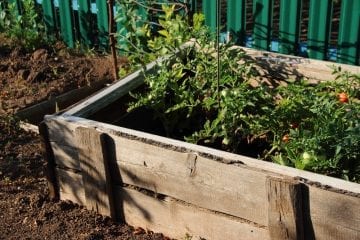 The most cost effective and viable material for building raised beds is lumber. Cedar 2×8 or 2×10 planks are great to use because of their longevity. Bricks or interlocking blocks are another option, and they alow you to artfully blend your garden into your landscape!
The most cost effective and viable material for building raised beds is lumber. Cedar 2×8 or 2×10 planks are great to use because of their longevity. Bricks or interlocking blocks are another option, and they alow you to artfully blend your garden into your landscape!
To fill your raised beds, use a quality blended soil with the addition of lots of peat, manures, compost and some sand. Top each bed off with a bag or two of Urban Garden Mix. Because water leaches out nutrients faster in raised beds than in conventional garden plots, after the heavy rains of winter it’s a good idea to add some micronutrients to the beds in the spring and to work in good old-fashioned quality compost or manure to build up your soil. Before topping off with Urban Garden Mix, seed your bed with earthworms.
There other practical benefits of a raised garden bed: they save your back and helps discourage critters from getting into your garden and eating away at your crop.
Some great crops to plant in raised beds are carrots, onions, asparagus, tomatoes, and leafy greens. If you’re keen to try your hand at potatoes, raised beds are a great choice because it is much easier to keep the dirt hilled around the potato, as is required.
Have only a small step or balcony but want to grow your own vegetables? You can! Container gardening is a great way to grow vegetables that will always be conveniently located and easy to water and maintain. It is simple to set up, making it a great choice for those who are new to gardening, or who have difficultly working out in the larger garden space. It also allows you to produce a smaller amount of produce, which is ideal for small household numbers.
Remember to look for plants that do not need deep root space, as well as make sure that the container you 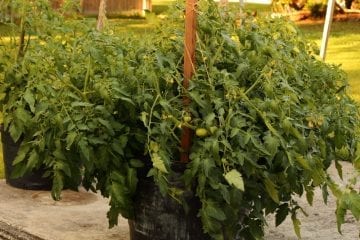 choose will allow the plant to have enough space for its root system. Some great plants to plant in containers are tomatoes, green beans, lettuce, green onions, as well as others.
choose will allow the plant to have enough space for its root system. Some great plants to plant in containers are tomatoes, green beans, lettuce, green onions, as well as others.
Window boxes are also a great option for limited space, where leafy vegetables, such as lettuce and spinach or herbs do very well!
Container planting also provides a great opportunity to get creative. Choose fun pot colours or unique pot shapes and items to spice up your space and make it an eye-catching display.
We are here to help! We can answer questions about your garden layout, options that are best suited to your location, soil type, as well as any other questions you may have. Stop by and pick up your onion sets, asparagus, potatoes, and more today!
HOURS
JOIN US YEAR-ROUND!
Hours of Inspiration
Monday to Friday: 9am – 6pm
Saturday: 9am – 5pm
Sunday: 10am – 5pm
BE INSPIRED
Sign up for our E-Newsletter to receive garden tips, landscaping advice and more, delivered right to your inbox.
Sign up today!
Find Us